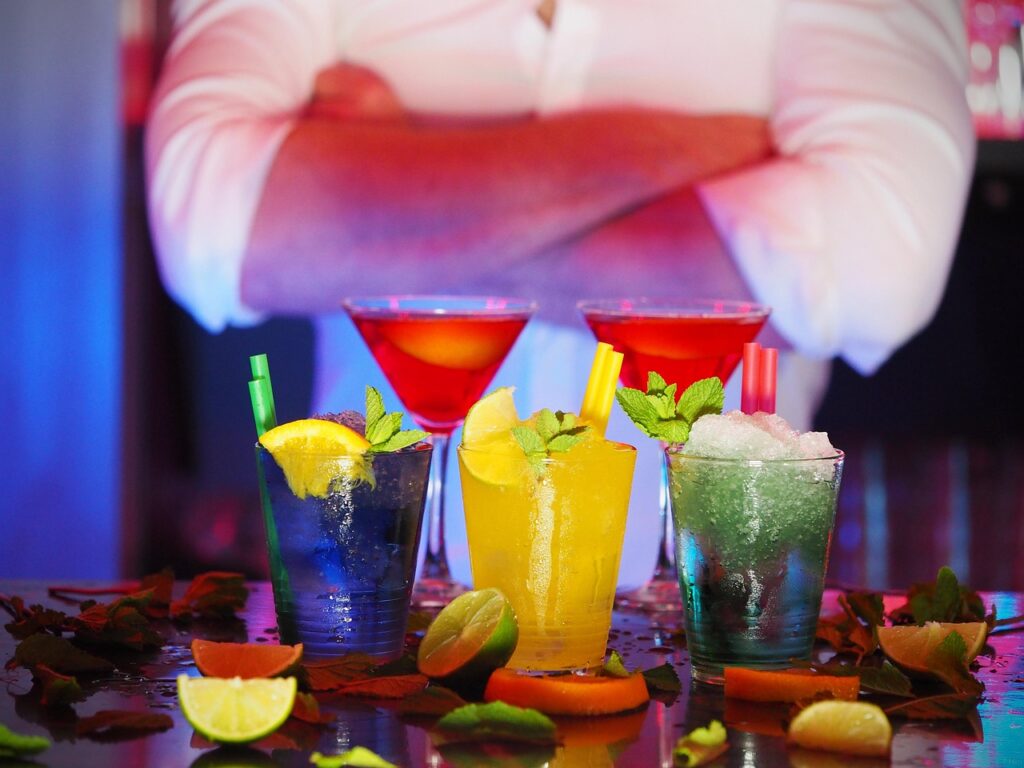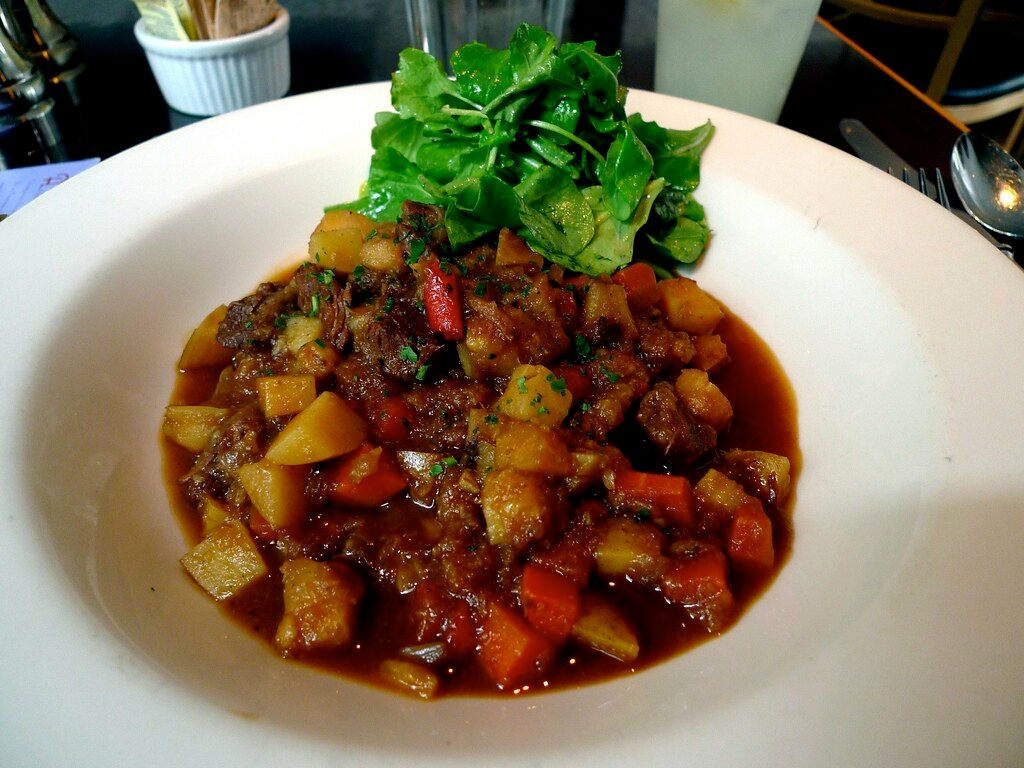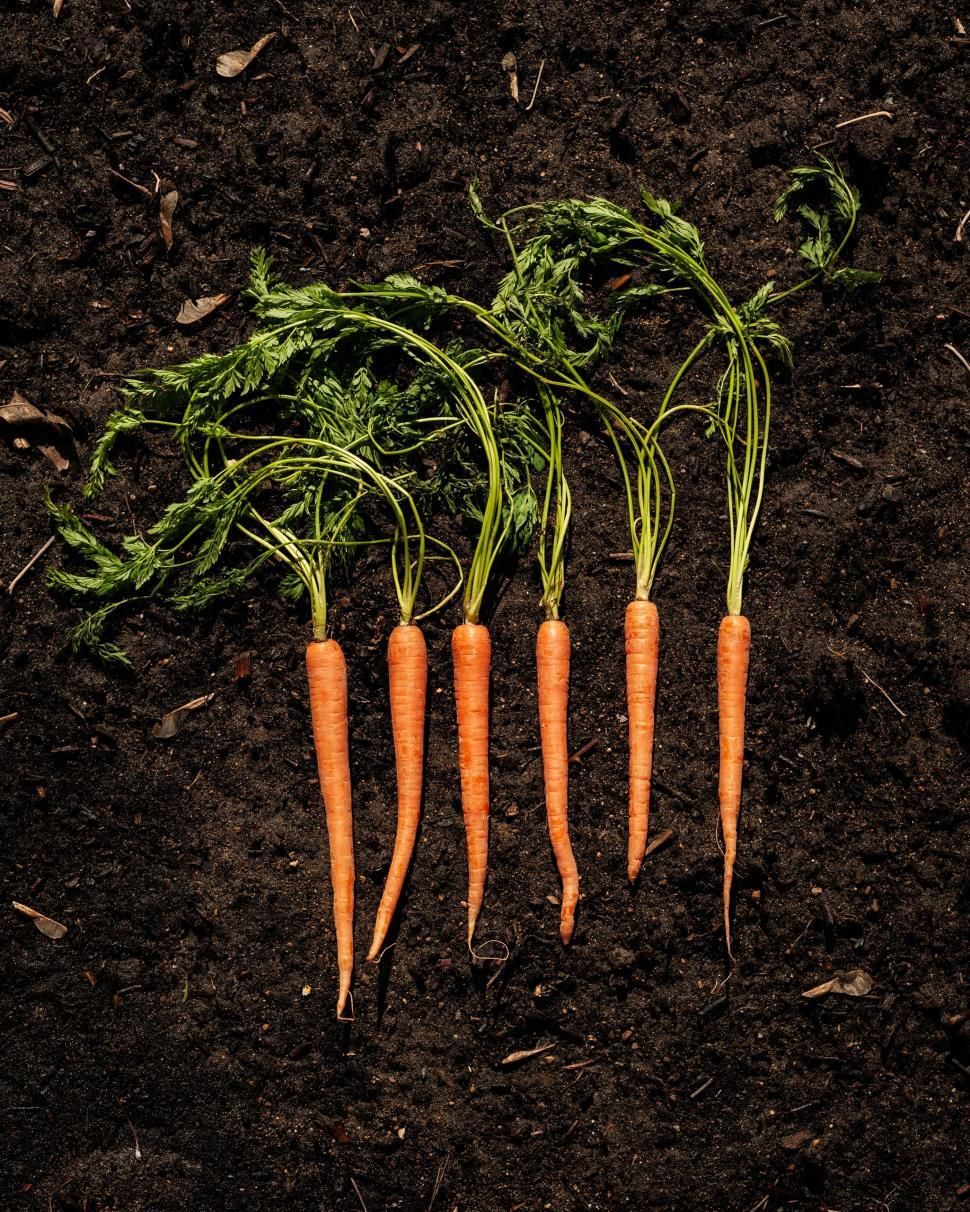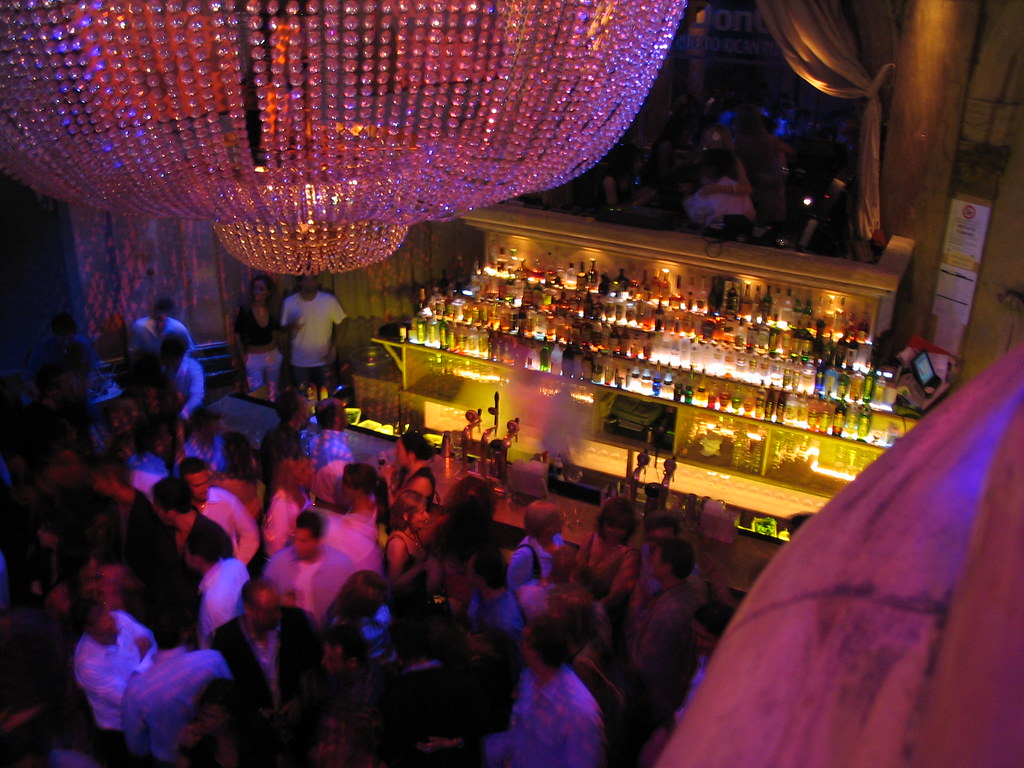
Alright, let’s be real for a minute. You walk into a bustling bar, the music’s pumping, the lights are low, and there’s that magician behind the counter, effortlessly shaking, stirring, and sliding drinks across the polished surface. From your vantage point, it looks like a breeze: a bit of liquid artistry, a dash of witty banter, and occasionally wiping down the bar. Easy, right? Well, if that’s what you think, you’ve probably just committed one of the cardinal sins of bar etiquette.
Here’s the thing: behind that cool, calm, and collected facade, your bartender is a master multitasker, a memory wizard, a confessor, a counselor, and sometimes even a bouncer. They’re juggling a dozen drink orders, keeping an eagle eye on inventory, and trying to keep the good vibes flowing for everyone. It’s a dance, a finely tuned operation, and sometimes, well, patrons inadvertently make their lives a living hell.
We’ve chatted with some seasoned pros—etiquette expert Nick Leighton, mixologist Nikki Bonkowski, etiquette consultant Lisa Mirza Grotts, and beertender Louise Ball—to get the inside scoop on what really grinds their gears. The goal isn’t to shame, but to enlighten. So, if you want to stay in your bartender’s good graces and ensure your glass is always full, come ’round. Take notes. This is your insider guide to avoiding becoming “That Person” and ensuring your night out is as smooth for them as your perfectly crafted cocktail is for you.
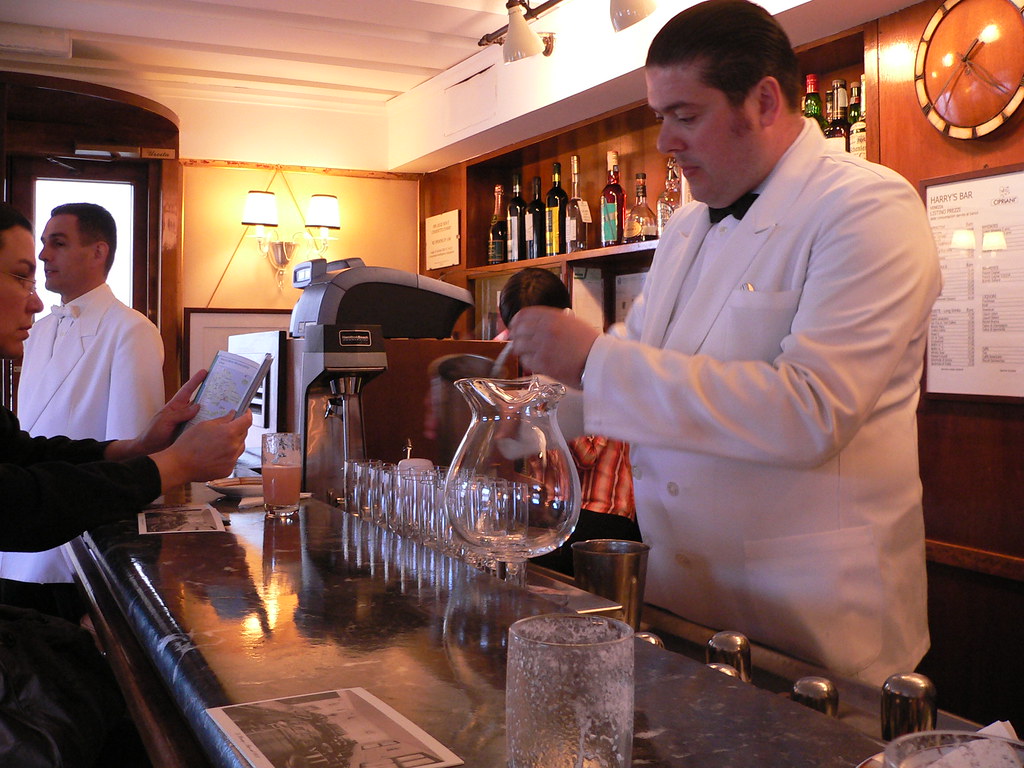
1. **Barging In and Demanding Attention (Snapping, Yelling, Interrupting)**There’s a special kind of rude that makes a bartender’s blood boil, and it often starts before you even open your mouth to order. We’re talking about the impatient snaps, the piercing whistles, the insistent knocking on the bar, or the shouts of “Barkeep!” or “Service!” These aren’t just minor annoyances; they’re demeaning acts that treat skilled professionals like pets to be summoned. Justin Richie, a service worker of 16 years, put it plainly: “Being snapped at is one of my biggest pet peeves. We tell you our names at the beginning for a reason.”
Seriously, bartenders deserve the same respect as anyone you interact with, whether at work or in your daily life. Snapping, whistling, or banging on the bar communicates a complete lack of regard for their humanity and professionalism. It’s the quickest way to find yourself at the bottom of the service priority list, or worse, on the receiving end of a very subtle (or not-so-subtle) retort. This behavior doesn’t just annoy the bartender; it disrespects every other patron patiently waiting their turn.
And then there’s the interruption. Picture your bartender in the middle of taking an order, crafting a delicate cocktail, or swiping a customer’s credit card. That’s a focused moment, a flow state. Interrupting this crucial interaction by waving your money, shaking an empty glass, or calling out is incredibly rude to both the person being served and the bartender. Many bartenders report that these demanding customers often tip less anyway, adding insult to injury.
Melba Tucker, a longtime bartender and owner of Downtown Uncorked, trains her staff to handle “finger snappers” with patience, knowing they’ll likely only tip 15%. While a high-end wine bar might maintain composure, in more casual environments, interrupting your bartender when they’re already tending to someone else can lead to you being outright ignored. The lesson here is simple: if you’re not willing to wait patiently, don’t be surprised if your drink takes a miraculous detour through a time warp.
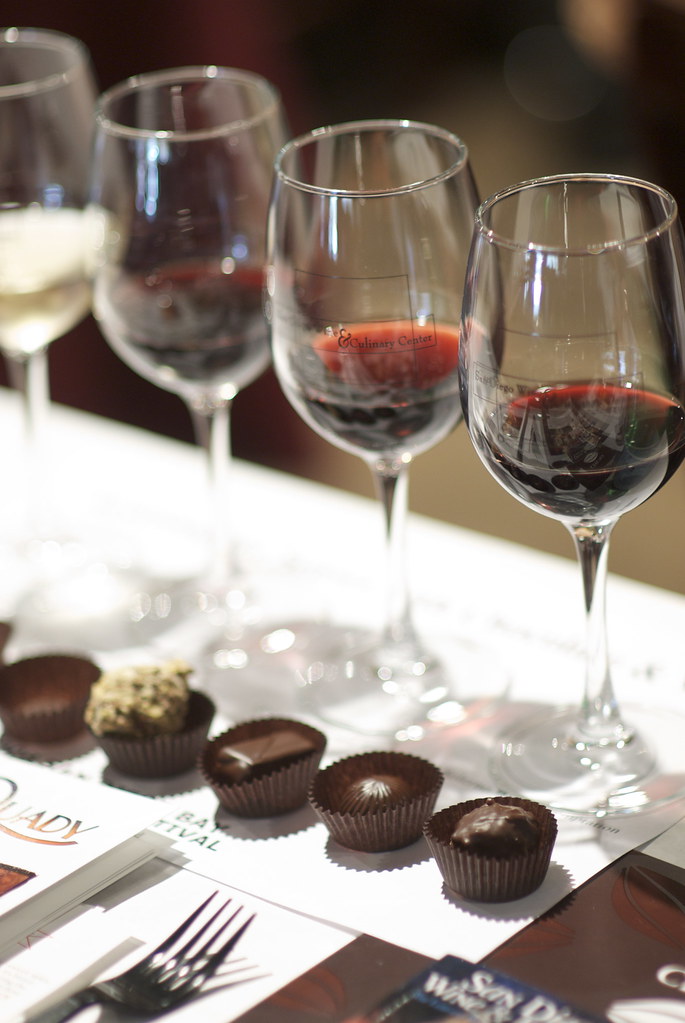
2. **Asking for a Stronger Drink or a Free Pour**Let’s cut to the chase: we all enjoy a good buzz. There’s no shame in that. But how you go about seeking it can make or break your relationship with your bartender. Asking for a drink to be made “stronger” is a common request, but it’s one that often rubs professionals the wrong way. For starters, it can be seen as an insult to their craft. Bartenders formulate drinks for specific flavor profiles and alcohol content, and questioning that balance is akin to questioning their expertise.
Then there’s the age-old plea for a “free pour” or “a little extra.” While the charming custom of “buybacks” once existed in neighborhood bars, where loyal patrons might get a complimentary round, those days are largely gone. Rising overhead costs and modern point-of-sale systems track every drop, making spontaneous freebies a rarity. Nick Leighton advises, “Don’t ask for a free pour or ‘a little extra.'”
While a few old-school dive bars might still offer a buyback to a genuine, long-standing regular (think a shot of bottom-shelf liquor, not a premium single-malt Scotch), pestering a bartender for free booze in a high-end establishment or a craft brewery is a definite faux pas. It’s perceived as a direct request for them to give away the bar’s product, which, let’s be honest, isn’t a reasonable expectation. If you want more, be prepared to pay for it; it’s a business, after all.
Read more about: Master Your Recovery: 10 Science-Backed Strategies Professional Athletes Use to Bounce Back Faster
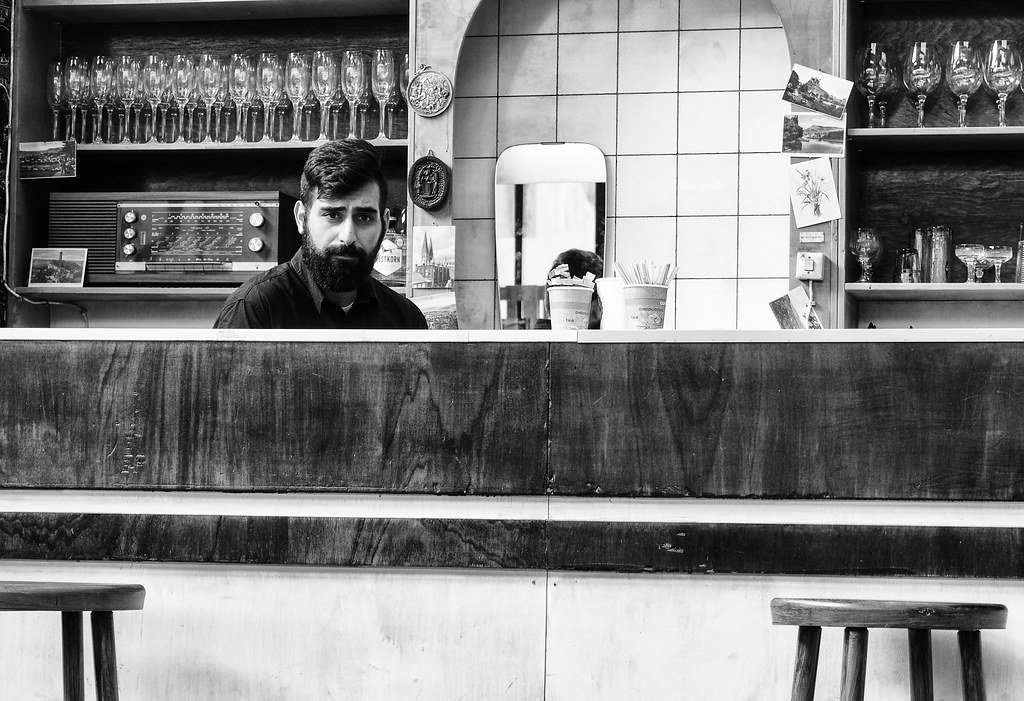
3. **Being Indecisive and Wasting Time at the Bar**Walk into a great bar with an extensive menu, and it’s easy to experience a moment of decision paralysis. So many delicious options, so little time (and liver capacity!). It’s perfectly understandable to need a moment to browse, to weigh your options, and to make an informed choice. However, there’s a fine line between thoughtful consideration and actively wasting your bartender’s precious time, especially when the bar is slammed.
The “surprise me” request, while seemingly a show of trust in the bartender’s expertise, can actually be a major headache. Bartenders want to please you, but they know absolutely nothing about your personal preferences. Their options are vast, and the last thing they want is to craft something special only for you to discover it’s the one thing you detest. Nick Leighton elaborates on this, explaining, “There’s a huge difference between a bellini and a negroni.”
If you’re truly stumped, it’s totally okay to tell the bartender you’re still thinking and to come back to you. This simple courtesy allows them to serve others who are ready. If you do want recommendations, offer some guidance. Nikki Bonkowski suggests, “Have an idea of what you’re looking for, whether that be refreshing, spicy, strong, or sweet, and say to the bartender, ‘Hey, everything on the menu looks great, but I’m in the mood for something spicy. Can you point me in the right direction?'” Providing direction ensures you get something you’ll actually enjoy, and your bartender will appreciate the clarity.
Read more about: Decoding Destiny: Which Zodiac Signs Are Truly Poised for Riches (And Which Face a Steeper Climb)?
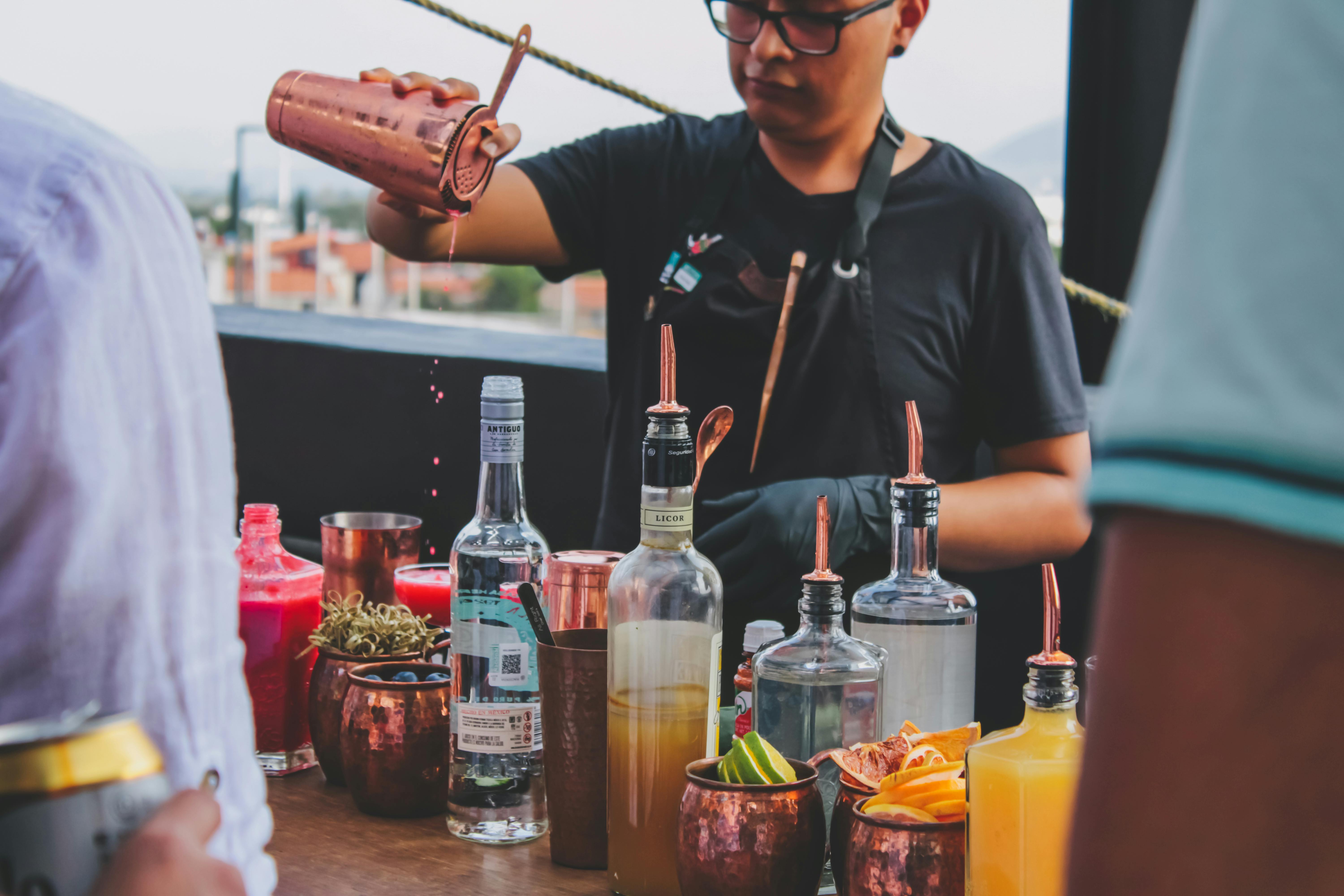
4. **Expecting Any Bar to Have Every Ingredient or to Make Any Drink**Before you step up to the bar and rattle off your complex cocktail order, take a moment to assess your surroundings. As Lisa Mirza Grotts sagely advises, “Know before you go.” Just as you wouldn’t expect a fast-food joint to serve a Michelin-star meal, you shouldn’t assume every bar is equipped to handle every obscure or intricate drink request. “We do it when we order coffee; cocktails are no different,” she points out. A little pre-bar research can save everyone a lot of trouble.
The frustration for bartenders comes when patrons fail to match their expectations to the venue. It’s not a personal slight if a dive bar doesn’t carry a specific artisanal mixer; it’s simply not what they do. Educating yourself about common cocktails and the typical offerings of different bar types can significantly reduce stress for both you and your barkeep. A quick web search can be your best friend here, ensuring you don’t inadvertently annoy the staff with unrealistic demands.
Remember, bartenders want you to have a good time, but they can only work with what they’ve got. Appreciating the specific vibe and menu of the bar you’re in will not only make your experience smoother but also earn you some serious points with the person serving you. Embrace the local flavor, or, if you have a very specific craving, choose a venue known for catering to it.
Read more about: Beyond the Bargain Bin: 15 Walmart Products Shoppers and Experts Say Aren’t Worth Your Hard-Earned Cash
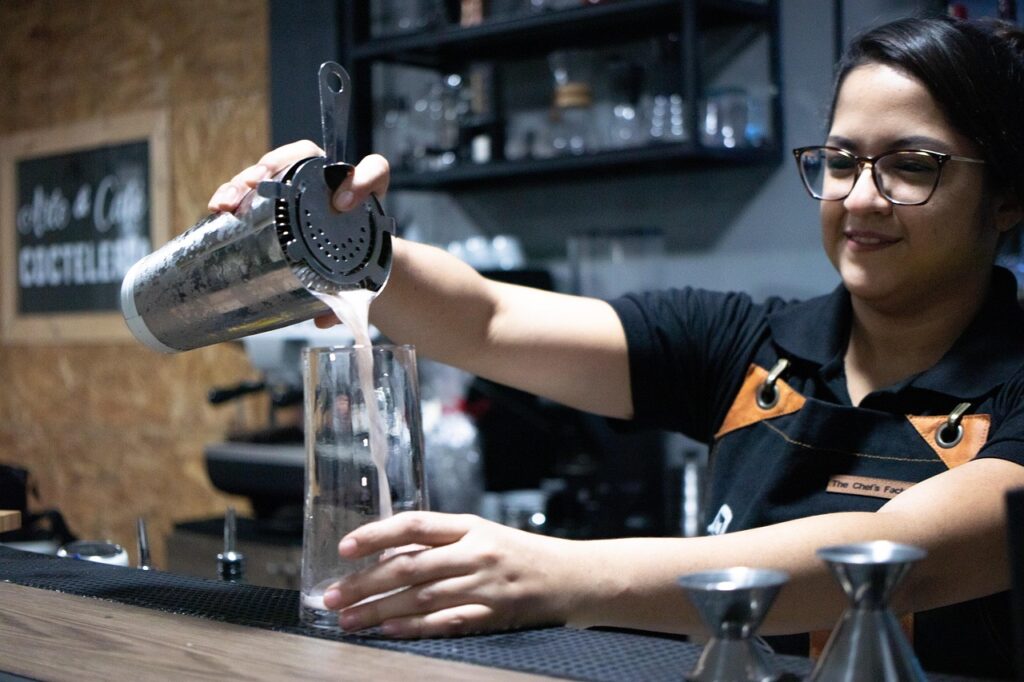
5. **Making Unreasonable Customizations or Criticizing the Bartender’s Method**Few things are as instantly insulting to a professional as having their craft questioned or, worse, corrected. Walking up to a bartender and declaring, “You’re making that wrong,” is a surefire way to earn yourself a side-eye and a potentially less-than-enthusiastic drink. While you might pride yourself on your home mixology skills, professional bartenders operate on a different plane entirely. They approach drink creation with a level of planning and technical expertise that’s often worlds apart from an amateur’s.
Think of it this way: the general principles of flying a plane are the same for a recreational pilot and a fighter pilot, but the skill and precision required for landing on an aircraft carrier are on another level. Similarly, professional bartenders, especially in high-end establishments, have access to a wider array of quality liquors, house-made extracts, and meticulously tested recipes. They calibrate their drinks for perfect balance, following precise measurements every time – no eyeballing involved.
Challenging their technique by saying, “Make it like Cissy does,” without offering clear, polite instructions, is also problematic. Bartenders aren’t mind-readers; they can’t channel a colleague’s specific style or a past interaction. If you have specific preferences, spell them out respectfully. Lisa Mirza Grotts advises, “If possible, describe how she makes it, but politely.” The emphasis here is on politeness. Don’t act put out that Cissy isn’t there, or imply the current bartender is inferior.
Ultimately, when you’re at a professional bar, it’s best to sit back and trust the process. These individuals are experts, and they have specific reasons for making their drinks the way they do. Your bartender might have a unique twist or a superior technique that you’ve never encountered. By trusting their expertise instead of criticizing it, you might just be pleasantly surprised, and your bartender will certainly appreciate the respect.

6. **Asking Vague, Broad Questions like “What’s Good Here?” or “What’s Cheap?”**There are questions that signal genuine curiosity and then there are questions that signal, well, a bit of intellectual laziness. “What’s good here?” falls squarely into the latter category, and it’s a question that can seriously irritate a bartender. Lisa Mirza Grotts likens it to “walking into a library and asking what the best book is.” It’s maddeningly vague, leaving the bartender with no real direction to offer a helpful answer.
Nikki Bonkowski echoes this sentiment, explaining, “On its own, [it] is a good question because at its core the patron is genuinely interested in what’s good. The issue lies in the fact that the question is far too broad.” Bartenders want you to enjoy your drink, but without knowing your preferences, their best answer is often something generic like, “Anything I make is going to be delicious, so it all just depends on what you’re craving to drink currently.” Help them help you by providing context – tell them your favorite spirits, flavor profiles (sweet, sour, refreshing, strong), or what you typically enjoy.
Similarly, asking “What’s cheap?” might seem like a perfectly reasonable question for a budget-conscious night out, but it can put bartenders in an awkward position. Bars are small businesses that need to turn a profit, and constantly hounding staff for bargains isn’t going to win you any friends. While it’s understandable to want to save a few bucks, there are more respectful ways to go about it than demanding the cheapest option.
Lisa Mirza Grotts offers some practical advice: “If you’re on a budget, ask for the well drink special, or have drinks at home.” Other savvy tips include sharing a bottle of wine instead of individual glasses if you’re with a friend, or ordering a double shot in a tall glass, which is often more cost-effective than two separate shots. And if you happen to visit a bar right after a big holiday, you might even snag some deals on leftover themed drinks. Be smart about your budget, but do it in a way that respects the bar and its staff.
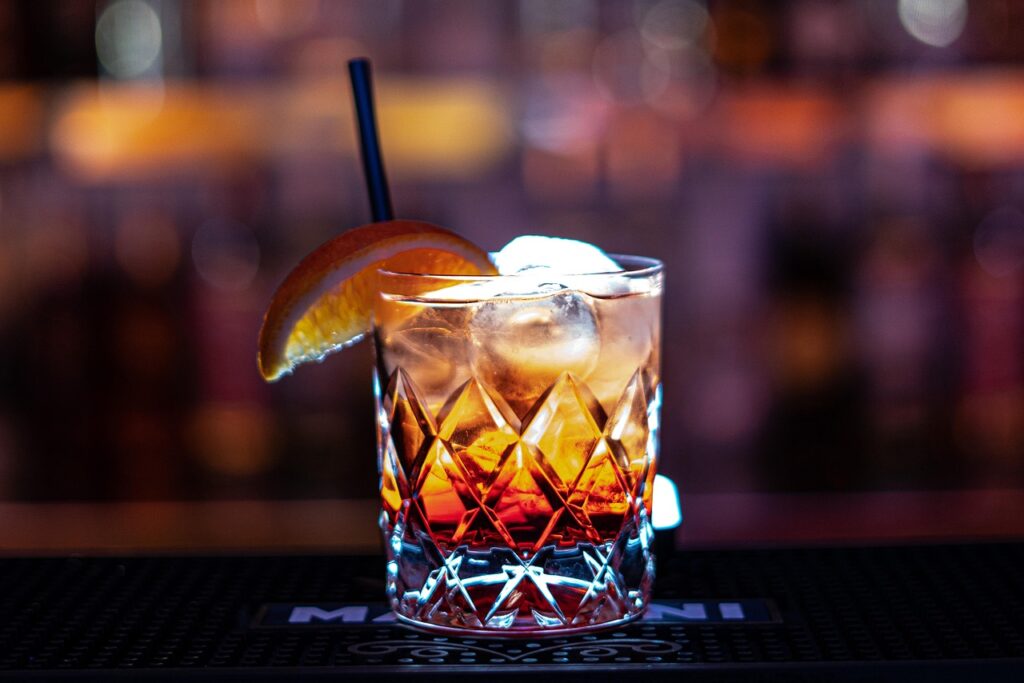
7. **Treating Bartenders as Emotional Support or Objects (Asking them to smile, hitting on them)**This one is a big deal, especially for women in the service industry. “You should smile more” might sound like a harmless suggestion, but it’s one of Nikki Bonkowski’s biggest pet peeves, and for good reason. Your bartender’s job is to craft your drink, not to provide emotional validation or meet your expectations of perpetual cheerfulness. It’s creepy, invasive, and inherently ist, as this request is almost exclusively directed at women.
To tell someone they should smile more implies that their natural expression is somehow inadequate or that they owe you a performance of happiness. It undermines their professionalism and reduces them to an object whose primary purpose is to be visually pleasing. If you genuinely want to see your bartender smile, try complimenting their drink (sincerely, and not creepily) and, most importantly, tipping them generously. That’s a surefire way to brighten anyone’s day.
Equally problematic, and far more intrusive, is blurring the lines of a professional relationship by hitting on your bartender. Questions like “What time do you get off?” or requests for personal phone numbers are not friendly overtures; they’re uncomfortable and can make the bar, which should be a safe workplace, feel unsafe. Nikki Bonkowski emphasizes this point powerfully: “At the end of the day, the bartender is at work, and you’re in their place of work, which has become a place of safety for them.”
She continues, “Think of it as an HR violation for hitting on the bartender. You’re not supposed to ask out your coworkers, therefore don’t ask out your bartender. It makes them uncomfortable.” A bartender’s friendly demeanor is part of providing excellent service, not an invitation for a date. Respect that boundary. A cordial professional relationship is what you’re cultivating, not a romantic one. Keep it professional, keep it respectful, and everyone will have a much better time.
Alright, if you’ve made it this far, you’re already on your way to becoming a bar-side MVP. We’ve covered the glaring social faux pas and the requests that make a bartender’s eye twitch. But the journey to becoming a truly beloved patron isn’t over yet. We’re diving deeper, beyond the immediate interactions, into some equally infuriating habits and those notorious drink orders that can push even the most patient barkeep to their absolute limit. Get ready to uncover the final seven secrets to staying in your bartender’s good graces, because trust us, they’ll remember.
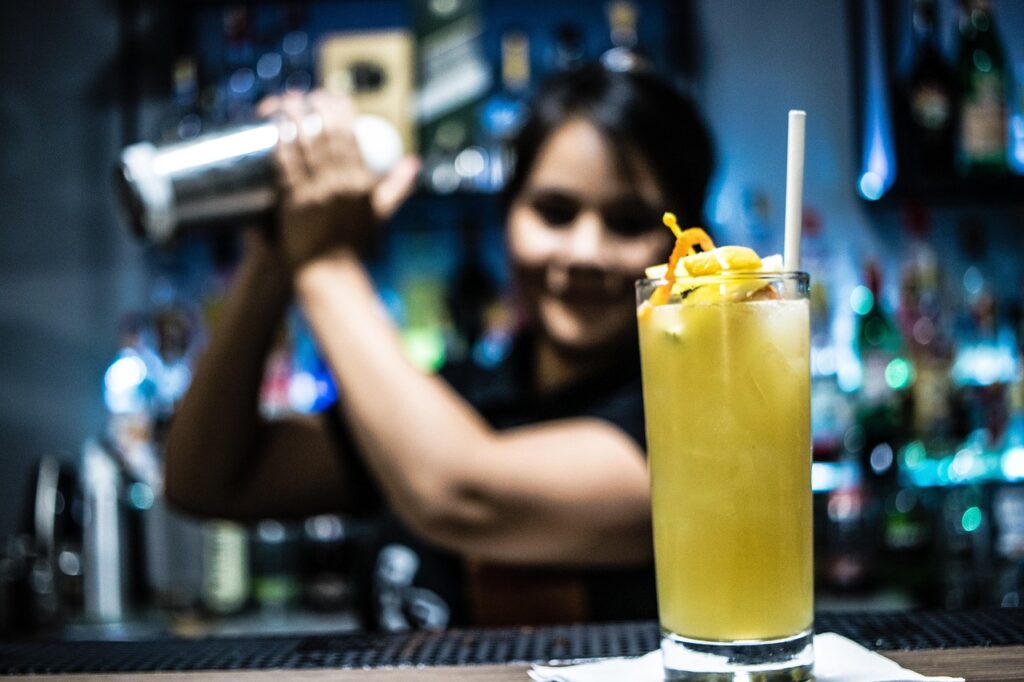
8. **”Do You Know Who I Am?” (The Entitled Patron)**Let’s be brutally honest: narcissism isn’t a good look anywhere, and it’s particularly grating at a bar. That infamous line, “Do you know who I am?” is flung at bar staff all the time, and we’re here to tell you, they are never, ever impressed. As one Reddit commenter perfectly put it, “Like I give any s***s about who they are or who they ‘know.'” Ouch. But also, fair.
Here’s the deal: a bar is a business, and bartenders are professionals. Their job is to serve everyone, and your perceived VIP status, or your claims of knowing the owner’s cousin’s dog-walker, means absolutely nothing when they’re slammed with orders. Lisa Mirza Grotts confirms this universal truth: “Even if you’re a VIP, they don’t care.” What *does* matter? “The green stuff,” as she points out, and good manners.
This kind of entitled posturing doesn’t fast-track your service; in fact, it often does the opposite. Bartenders are adept at subtly (or not-so-subtly) deprioritizing patrons who act like their needs supersede everyone else’s. Your personal connections or self-proclaimed importance aren’t a ticket to the front of the line; politeness and a genuine smile are far more effective currencies.
Ultimately, your bartender’s responsibility is to look after all patrons and ensure everyone’s needs are met, not just yours. Acting as if your needs take priority over everyone else’s simply ruins the experience for all involved, including the staff. Save the “Do you know who I am?” for your LinkedIn profile, not the bar.

9. **Tipping Faux Pas (Being a Known Bad Tipper)**Let’s not beat around the bush here: tips are the bread and butter for the vast majority of bartenders. While they might get a slightly higher hourly wage than servers, a significant portion—often the vast majority—of their income comes from your generosity. Plus, many bartenders tip out other employees like bar backs and bussers, meaning a portion of their earnings is automatically shared.
This is why becoming a “known bad tipper” is the fastest way to work your way down the priority list. Bartenders have incredible memories for faces, and they definitely remember who consistently leaves little to no tip. They’re not enduring busy shifts, demanding patrons, and endless orders just to get stiffed, or, as they see it, to work for free.
If a bartender marks you as a patron they’re working for free for, don’t expect the red-carpet treatment. They’re likely to serve customers who appreciate their hard work first. This isn’t out of malice, but pure practicality; they need to make a living. It applies even more strongly if the bartender has already pulled a double and is running on fumes.
The message is simple: if you want stellar service, if you want your drinks quickly and with a smile, then you need to show your appreciation where it counts. Tipping appropriately isn’t just a courtesy; it’s a fundamental part of the bar ecosystem and ensures your glass stays full and your bartender stays happy.
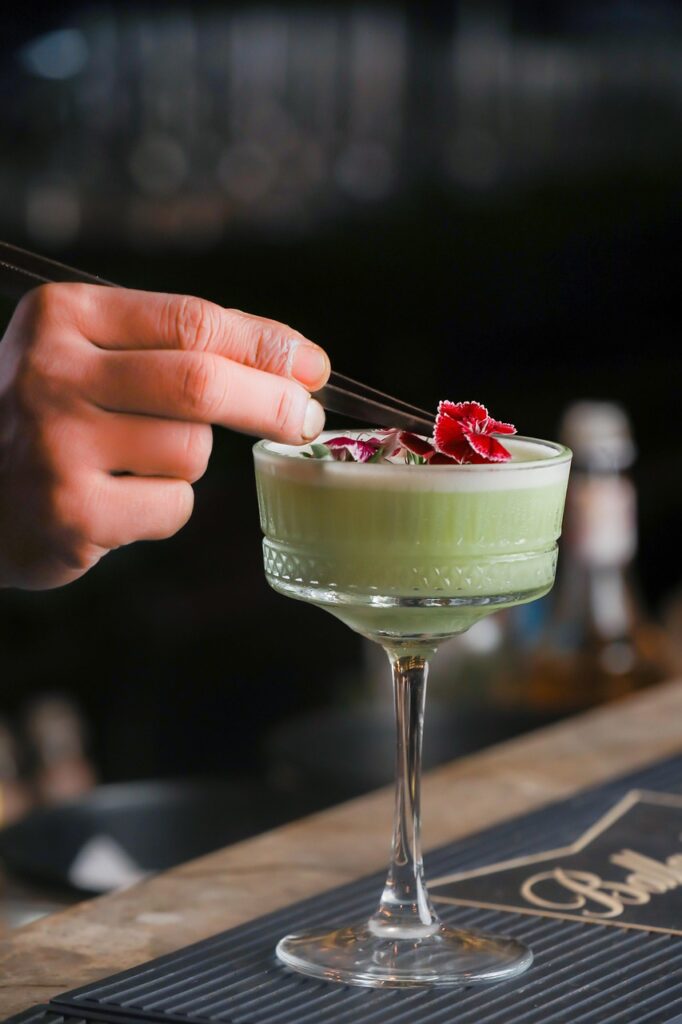
10. **Invading the Bartender’s Space (Touching, Blocking, Reaching)**There’s an invisible wall at the bar, and it’s there for a reason. One of the overarching, unspoken rules of bar etiquette is that you stay on your side of it. Overreaching that boundary – whether it’s by touching your bartender, grabbing their tools, or blocking their path – is a huge no-no and a surefire way to get ignored, or worse.
No one, especially not someone in a busy, often high-stress job, likes to be touched by strangers. This goes for all you regulars out there too; no matter how long you’ve been frequenting a place, a bartender’s personal space is sacred. Extending your hand into their workspace, grabbing a bottle or a garnish, or leaning over the bar into their “well” isn’t just rude, it’s a safety hazard and an invasion.
Bartenders operate in a fast-paced environment with sharp objects, hot liquids, and glassware. Your unsolicited touch or intrusion into their space can disrupt their flow, compromise their safety, and make them deeply uncomfortable. As the context mentions, “No one likes to be touched by strangers.” This professional boundary is non-negotiable.
So, please, stay on your side of the bar. Respect their workspace as exactly that – their workspace. A little awareness of physical boundaries will not only ensure a smoother transaction but also earn you major points with the person crafting your drinks. Keep your hands to yourself and let the experts do their thing unimpeded.
11. **The Dreaded “Complicated” Drink Order (General)**Look, we get it. Sometimes you crave something truly special, a liquid masterpiece. But let’s be real: during a busy rush, some drinks are, by their very nature, a bartender’s nightmare. This isn’t personal; it’s purely a matter of practicality and efficiency. If your drink involves a blender, extensive muddling, or more than four ingredients, you’re likely heading to the end of the service list.
Why are these orders so problematic? Bartenders want to help as many people as quickly as they can, especially when they’re slammed. Cracking out the dreaded blender during peak hours creates a cacophony and halts the entire operation. As one veteran bartender recalled, they would “hide the bar menus before the rush” if their hotel bar had too many complex house cocktails. That’s a pretty clear indicator of the frustration involved.
The job of a bartender is a precise dance, often with six or more drink orders swirling in their head at once. Introducing a labor-intensive concoction disrupts this flow, holds up the entire drink queue, and slows down service for everyone else. It’s not about your taste; it’s about the logistics of moving hundreds of drinks through the system efficiently.
So, next time you’re contemplating that multi-step, muddled, or blended beauty, consider the environment. If the bar is buzzing, maybe save that particular masterpiece for a quieter night, a more specialized cocktail lounge, or even your own home bar. Your bartender will silently thank you, and everyone else will get their drinks faster.
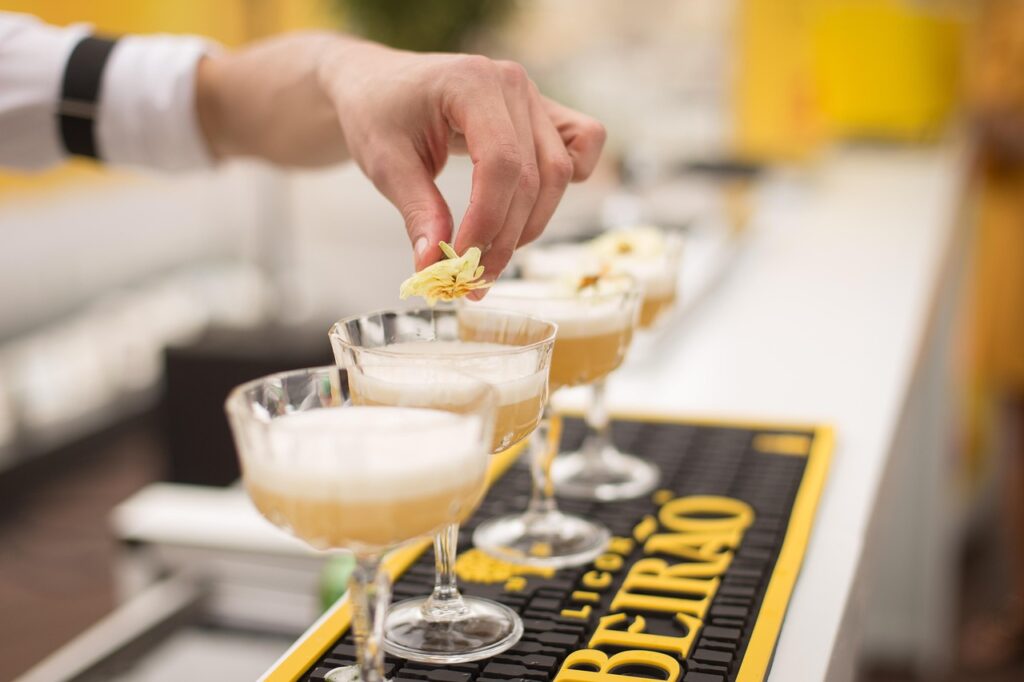
12. **The Piña Colada Predicament**Ah, the Piña Colada. A tropical dream in a glass, conjuring images of white sands and swaying palms. Most people like piña coladas and getting caught in the rain, but bartenders? In a busy city bar, not so much. While it’s a firm favorite for many boozers, ordering this rum, cream of coconut, and pineapple juice cocktail in a packed establishment is practically begging for a collective sigh from behind the bar.
The root of the problem? The blender. Piña Coladas, when made properly, require that noisy, time-consuming machine. Zach Pace, a beverage expert, puts it plainly: “Please don’t make the bartender fire up a blender in the middle of a crazy service.” The distinct whirring sound doesn’t just annoy the bartender; it disrupts the atmosphere and delays all the other drinks in the queue.
Mixologists widely agree that this is a drink that “should exclusively be reserved for people on a beach, or at the very least on a sun lounger.” It’s about context. A resort bar by the pool? Absolutely. A bustling downtown pub or a high-end cocktail bar during happy hour? Not so much. It’s a logistical nightmare that clashes with the rhythm of a busy shift.
So, if you’re longing for that creamy, pineapple-infused escape, maybe hold off until you’re actually on vacation, or perhaps find a venue where blenders are a welcome, rather than dreaded, feature. Choosing a simpler, non-blended drink will make your bartender’s life infinitely easier, and you’ll likely get your drink a lot quicker too.
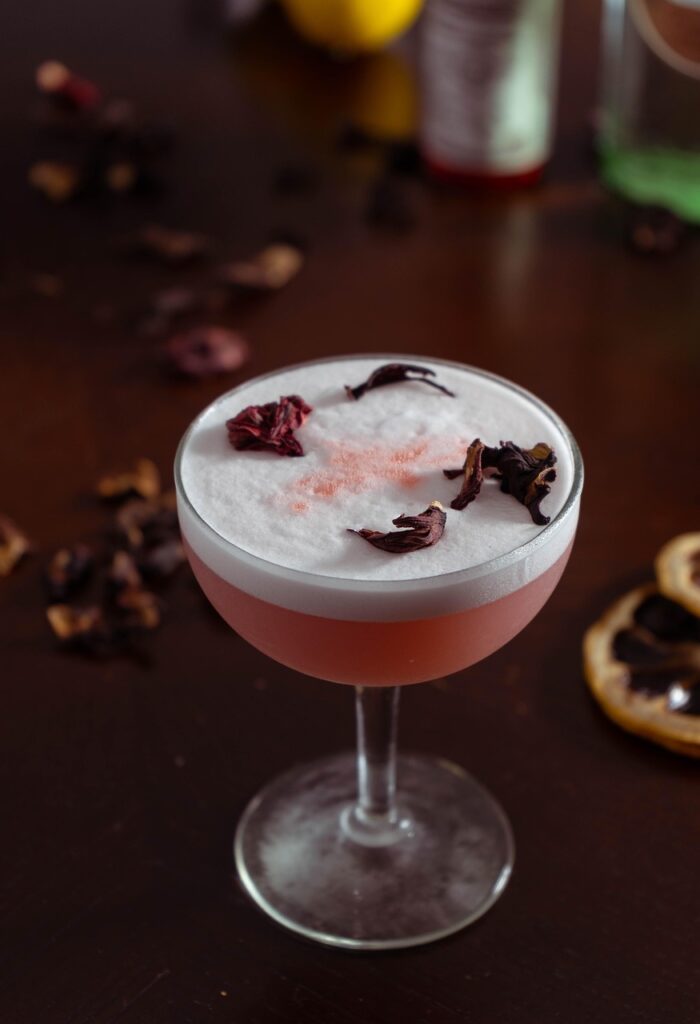
13. **Anything with Egg Whites: A Foamy Faux Pas**If you’re planning on ordering anything containing egg whites, just know you are venturing into territory that can make you an unwitting enemy of the person serving you for life – especially when the venue is packed to the rafters. Cocktails like an Amaretto Sour or a Gin Fizz are known for their beautiful, creamy egg white foam, but that doesn’t just magically appear.
This exquisite foam, while delightful to drink, is “very labour intensive,” according to Nick Jackson, the head bartender at The Rum House. It requires a specific, often two-step shaking process – first a dry shake (without ice) to emulsify the egg white, then a wet shake (with ice) to chill and dilute. This meticulous process can take several minutes of preparation, a luxury a busy bartender simply doesn’t have.
Imagine the scenario: you’re waiting patiently for your simple beer, and the person in front of you orders three egg white cocktails. The delay, the precise measurements, the multiple shakes – it all adds up, causing a bottleneck at the bar. You can almost hear the “customers behind you tutting and tapping their feet,” as the context aptly describes. It’s a collective slowdown for everyone.
So, while the allure of a perfectly frothed drink is undeniable, consider the timing. On a quiet Tuesday evening, your bartender might even appreciate the chance to showcase their craft. But during a Friday night rush, opting for a drink that doesn’t require a mini-science experiment will certainly keep you in their good graces and ensure a smoother night for all.
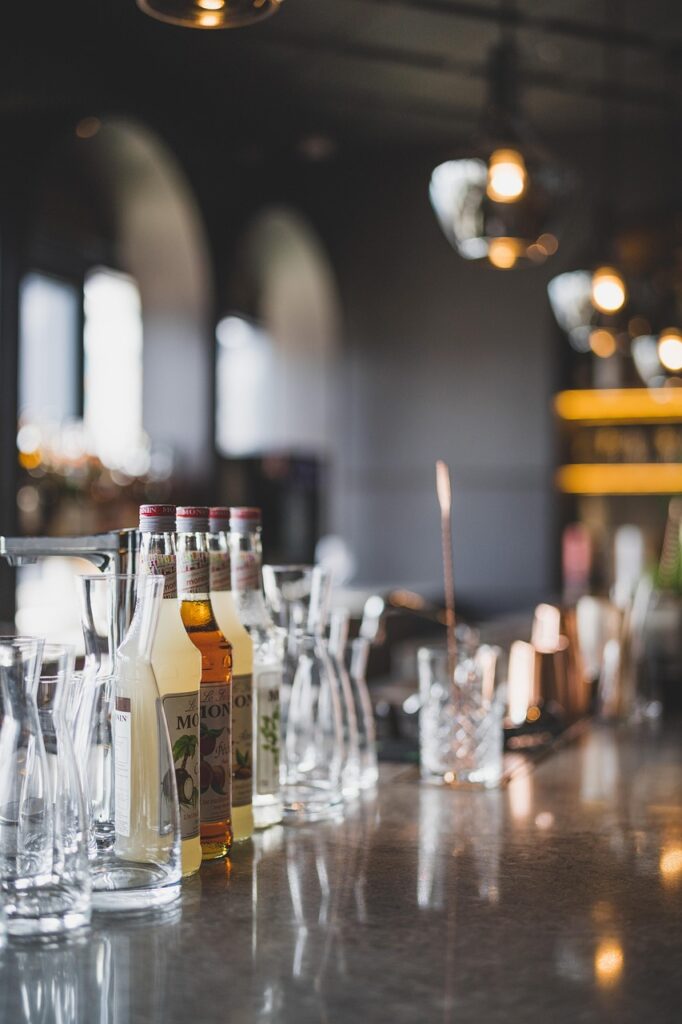
14. **The Layered Shot Labyrinth**They might look Instagram-ready and offer an interesting mix of flavors in a single gulp, but layered shots are the bane of a bartender’s existence, particularly when ordered in bulk during a busy period. Sunshine Foss, founder and CEO of Happy Cork, explains that asking for a tray of these intricate concoctions in a bustling establishment is simply “not cool.”
Why the disdain for these colorful little numbers? They are a masterclass in precision pouring, requiring multiple spirits and a steady hand to ensure each liquid settles into its distinct layer. This isn’t a quick shake and pour; it’s a delicate, time-consuming task that demands absolute focus. As Foss notes, it’s “not a quick and easy task to create them.”
Bartenders are constantly “under pressure to serve drinks quickly,” and ordering layered shots directly conflicts with this fundamental goal. It’s an order that makes no sense for anyone when speed and efficiency are paramount. Each layered shot ties up the bartender, preventing them from serving several other patrons who might be waiting for simpler, faster drinks.
So, next time you’re thinking about those vibrant, stacked shooters, maybe just stick to the classics. A simple tequila shot, perhaps with a sprinkle of salt and a wedge of lime, will get you back to the dance floor much faster and keep your bartender smiling. Save the multi-colored masterpieces for a private gathering where time isn’t of the essence.
And there you have it, folks! Your definitive guide to navigating the bar like a true pro. From understanding why your bartender might be giving you the side-eye to knowing which drinks to politely avoid during a rush, you’re now armed with the insider knowledge to ensure every night out is a win-win. It’s all about respect, a dash of empathy, and knowing when to keep it simple. So, go forth, order wisely, tip generously, and revel in the fact that you’re now officially your bartender’s favorite customer. Cheers to that!”}
Read more about: Unbreakable: Dissecting M. Night Shyamalan’s Enduring Superhero Origin, from Cult Classic to Universe Builder
,{“_words_section2”: “1945

